Direct Attach Cable (DAC) Overview: A Simple Guide
Direct attach cables (DAC) are interconnect solutions that are widely used in data centers and network environments. This article will explore what DACs are, how to use them (advantages and disadvantages), the classification of DACs and their comparisons to other optical transceivers’ connectivity solutions, and the common data-rate types of DACs. What is a Direct Attach Cable (DAC)? Direct Attach Cable (DAC) is a fixed-length, pre-terminated cable assembly with integrated transceiver modules at both ends. It is typically used to connect network devices, such as switches, routers, and servers, over short distances, typically within or between adjacent racks. DACs are available in copper or fiber optic models, with copper […]
100G LR4 vs CWDM4 vs PSM4 Transceiver:Explore the Differences

100G LR4, CWDM4, and PSM4 are three common types of 100Gbps optical transceivers, and they are all important components of data center and telecom networks. What are the differences? This article will explore the main differences between these Optical Modules and help you choose the right one. Overview of 100G LR4, CWDM4 and PSM4 LR4: Long Range 4 (LR4), is a 100G transceiver with 4 Independent LAN-WDM channels to transmit data over a longer distance. LR4 can achieve a 100Gbps data rate, with a maximum link length of 10km via Single Mode Fiber (SMF). CWDM4: Coarse Wavelength Division Multiplexing 4 (CWDM4). It is compliant with 100G CWDM4 […]
NRZ vs. PAM4: What are their differences?
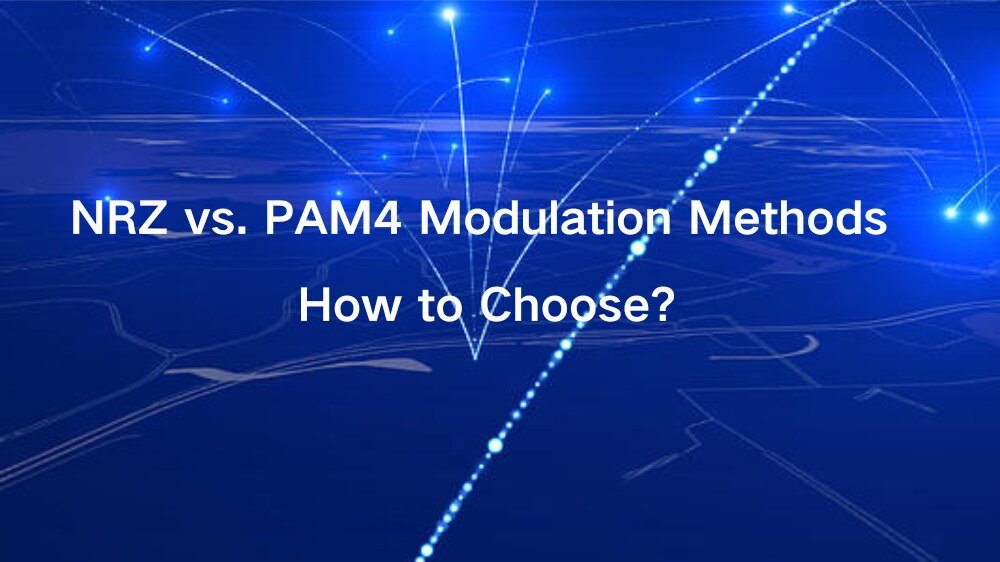
With the rapid increase in data transmission demand, to improve the transmission efficiency and rate, there are different modulation methods. Among these modulation methods, NRZ and PAM4 are the two most widely used coding methods. This article will discuss the NRZ and PAM4 modulation modes in optical modules, including their definitions and comparisons. Definition of NRZ NRZ (Non-Return to Zero) is a traditional digital signal encoding method. The binary “0” and “1” are represented by two different levels of voltage. In NRZ encoding, the time of each symbol remains constant, which means that the signal level stays high or low and does not return to zero. This makes it […]
Finned-top and Flat-top Design in 400G/800G Optical Transceivers
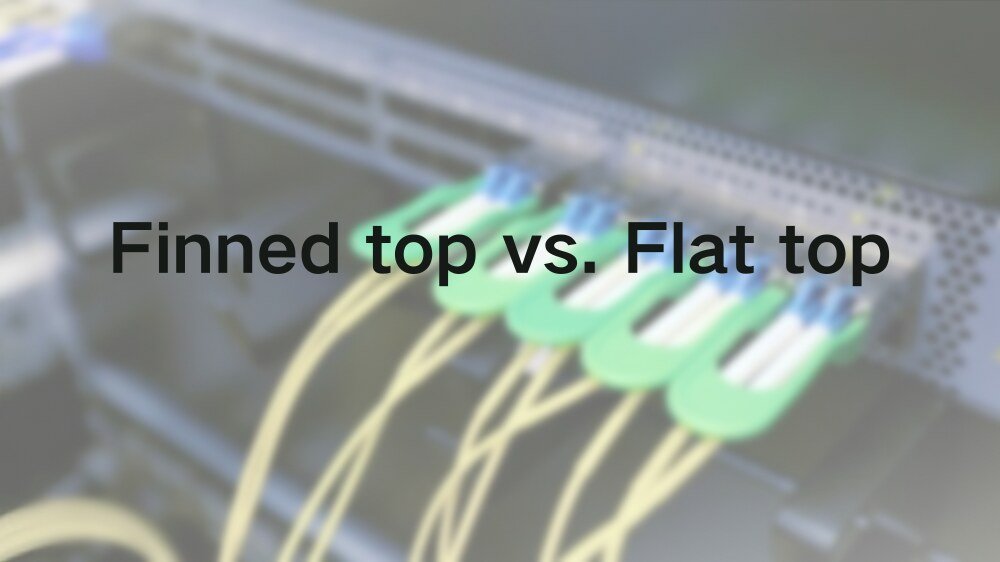
Finned top and flat top designs refer to different ways of thermal design of optical modules. This will directly affect the transmission stability and overall performance of the module. This article will explain what they are and how to choose them. Finned top vs. Flat top Finned top refers to the top of the optical module with a fin-like structure. This design can improve heat dissipation, usually used in high-power equipment that requires a lot of heat dissipation. Flat top means that the surface of the optical module is flat. This design is usually used for lower-power modules. How to Choose: Finned-top or Flat-top? Power Consumption and Heat Dissipation […]
InfiniBand vs. Ethernet: What Are They and Their Differences?
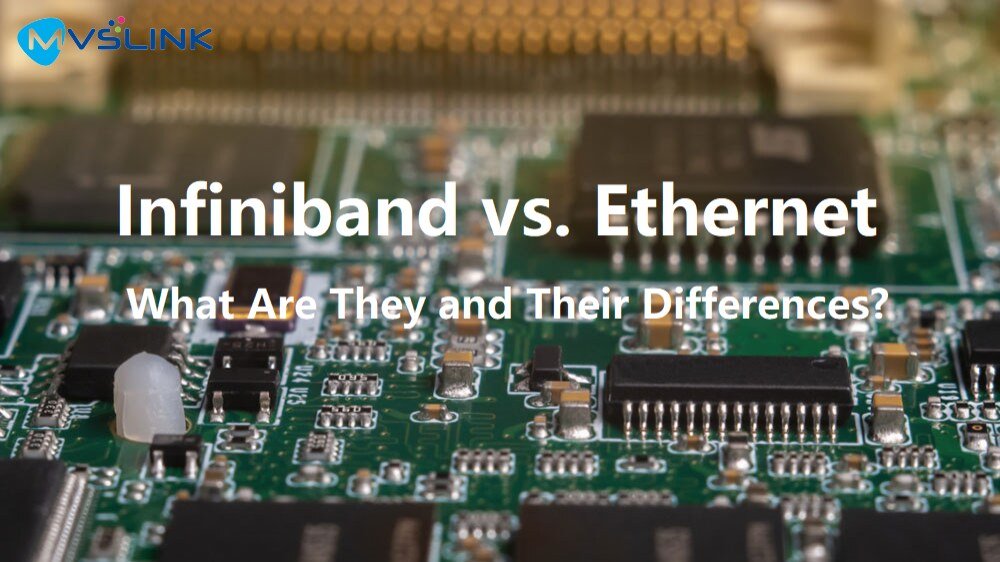
InfiniBand and Ethernet are both high-speed network interconnection technologies, which have their own characteristics and are constantly evolving in different application fields. Here’s what they are and how they differ. What is the InfiniBand Network InfiniBand is a high-speed network interconnection technology designed for high-performance computing (HPC), data centers, and more. InfiniBand is widely used in supercomputer clusters because of its high reliability, low latency, and high bandwidth, and it is also the preferred network interconnection technology for GPU servers. What is the Ethernet Network Ethernet is the most widely used LAN communication protocol. At the heart of Ethernet is the IEEE 802.3 standard, which has become a popular choice for […]
NVIDIA Spectrum-X Ethernet Arithmetic Knowledge Points
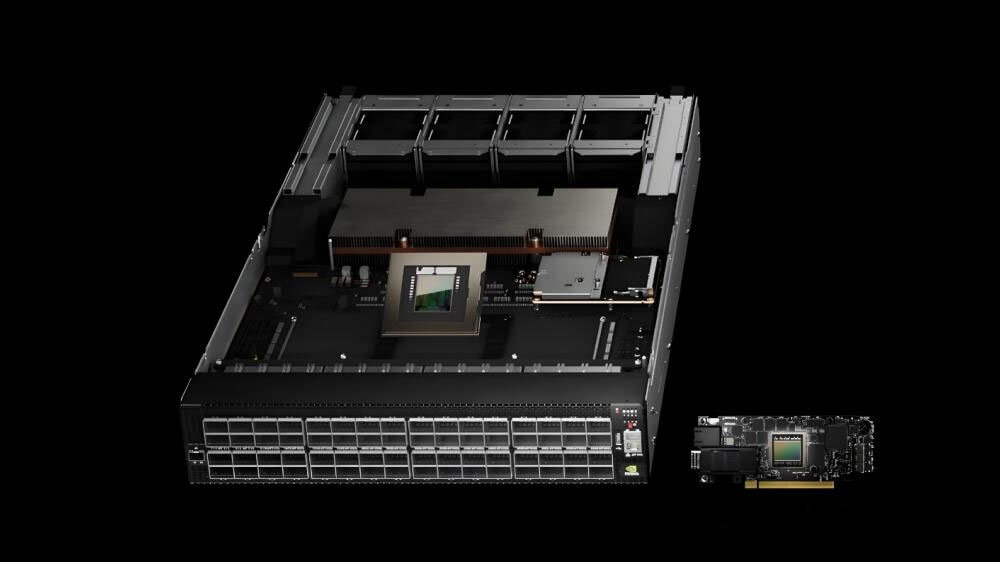
What is NVIDIA Spectrum X NVIDIA Spectrum-X Ethernet is NVIDIA’s Ethernet networking platform for AI. Spectrum-X delivers a 1.6x increase in generative AI networking performance over traditional Ethernet networking platforms. Equipped with NVIDIA Spectrum SN5600 Ethernet switches and NVIDIA BlueField®-3 SuperNICs, Spectrum-X is an end-to-end platform that combines the high performance and cloud capabilities required for a generative AI cloud. The platform maximizes bandwidth and noise isolation through dynamic routing and congestion control technologies, ensuring that each of the thousands of AI jobs of varying sizes running concurrently will perform as expected. The combination with NVIDIA BlueField-3 DPUs enables advanced multi-tenant clouds, GPU-elastic compute and zero-trust security, which allows cloud […]
DAC vs ACC: what are they and their differences

Many connection schemes can be used to switch networks and achieve high-speed connections in different scenarios. Include Optical Module + Fiber, Active Optical Cable (AOC) and Direct Attach Cable (DAC). Direct Attach Cable can be further classified into Active ACC, AEC, and Passive DAC. Below we will explore what DAC and ACC are and what are the differences between them. What is DAC? DAC (Direct Attach Cable) are primarily used for high-speed, short-distance connections, such as servers and GPU connecting to TOR switches It directly connects two devices through copper media and provides efficient and low-latency data transmission. What is ACC? ACC (Active Copper Cable) can transmit over distances 2-3 […]
Differences: sfp vs qsfp vs qsfpdd vs osfp
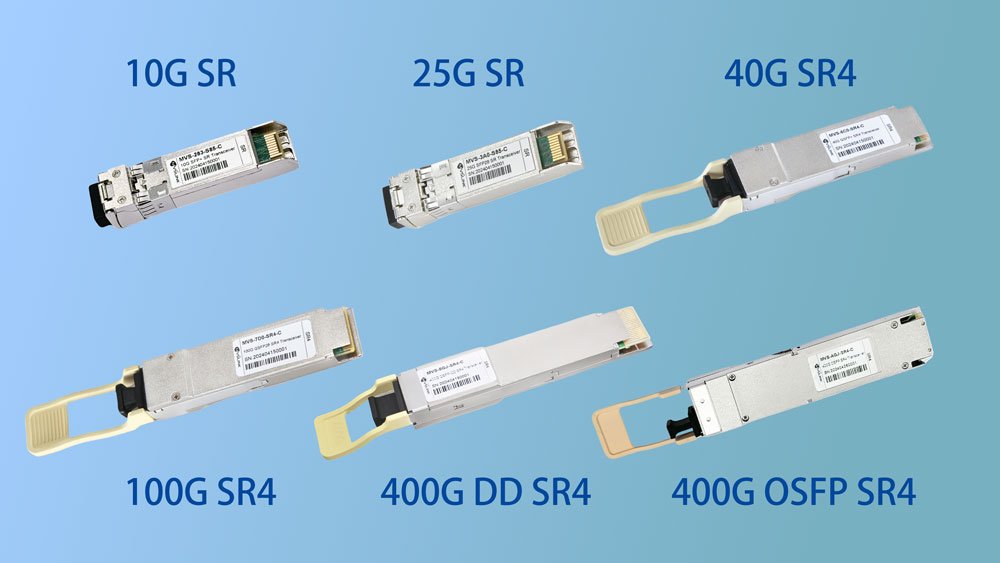
SFP+, SFP28, QSFP+, QSFP28, QSFP-DD vs OSFP are the different Form Factors of the Optical Transceiver Module, these Hot-Pullage Optical Modules are mainly used in Data Centers and Telecommunications to realize High-Speed Data Transmission. What are their differences? We will explore the main differences between these Optical Modules and help you choose the right one below this article. What are their differences? SFP+ vs QSFP+ Data Rate: SFP+ supports single-line data including 6G, 8G, and 10G, while QSFP+ can support 4 channels of data at 40Gbps(4x10Gbit/s). Fiber Type: SFP+ is an LC interface, while QSFP+ is an MPO interface, which can support the multi-channel transmission requirements and is connective with […]

